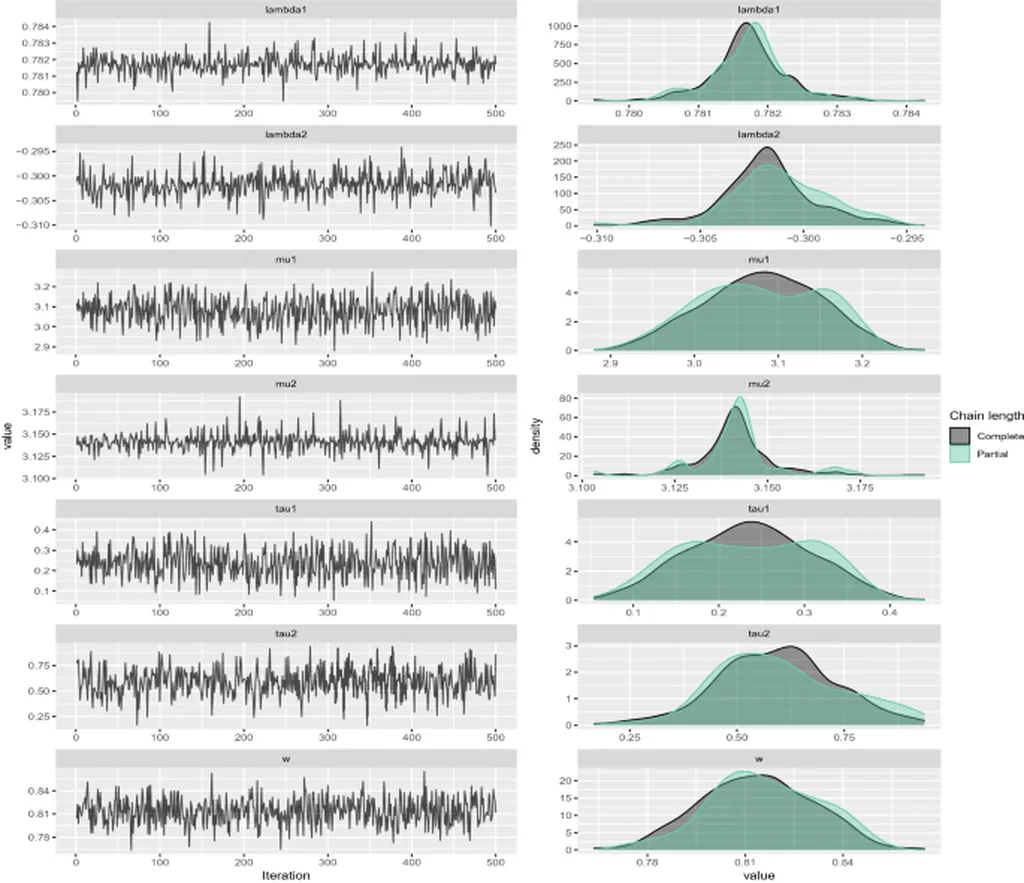In the quest for more reliable wind energy, researchers have turned to advanced forecasting techniques to tackle the inherent variability of wind speeds. A recent study published in the journal “Forecasting” introduces a novel hybrid approach that combines differential evolution with gated recurrent units (GRUs) to improve wind speed predictions. This research, led by Khathutshelo Steven Sivhugwana from the Department of Statistics at the University of South Africa, offers promising insights for the energy sector, where accurate wind forecasting is crucial for grid stability and operational efficiency.
Wind energy is a cornerstone of the renewable energy transition, but its intermittent nature poses significant challenges. “Wind data are often cyclostationary, meaning they exhibit cyclic variations, non-constant variance, and structural breaks due to gusts and turbulence,” explains Sivhugwana. “These characteristics make wind power supply unreliable, highlighting the need for more accurate forecasting methods.”
The study focuses on wavelet hybrid forecasting, a technique that decomposes wind data into sub-signals to improve prediction accuracy. The key innovation lies in the use of differential evolution (DE) to optimize the decomposition level and select the most effective wavelet filter. “We examined the efficacy of wind predictions as a function of the decomposition level and wavelet filters,” says Sivhugwana. “Our approach uses DE to optimize the decomposition level of various wavelet filters, allowing for more statistically sound sub-signals.”
These sub-signals are then fed into a GRU, a type of recurrent neural network that excels at capturing temporal dependencies in data. The final predictions are obtained by reconciling the sub-signal predictions using multiresolution analysis (MRA), forming what the researchers term wavelet-MODWT-GRUs.
The study utilized wind data from three locations in South Africa: Alexander Bay, Humansdorp, and Jozini. The results were promising, with the Morris minimum-bandwidth (MB) MODWT-GRU at a decomposition level of 3 performing best across all locations. The researchers employed various metrics, including root mean square error, mean absolute error, and coefficient of determination, to validate their findings.
The implications for the energy sector are significant. Accurate wind speed forecasting can enhance grid stability, optimize energy storage systems, and reduce reliance on fossil fuel backup. “This research has the potential to shape future developments in wind energy forecasting,” says Sivhugwana. “By improving the accuracy of predictions, we can make wind energy more reliable and integrate it more effectively into the grid.”
As the world continues to transition towards renewable energy, advancements in forecasting techniques like those presented in this study will play a pivotal role. The research not only offers a robust method for wind speed prediction but also sets the stage for further innovations in the field. With the energy sector under increasing pressure to meet sustainability goals, the need for reliable and accurate forecasting has never been greater.

